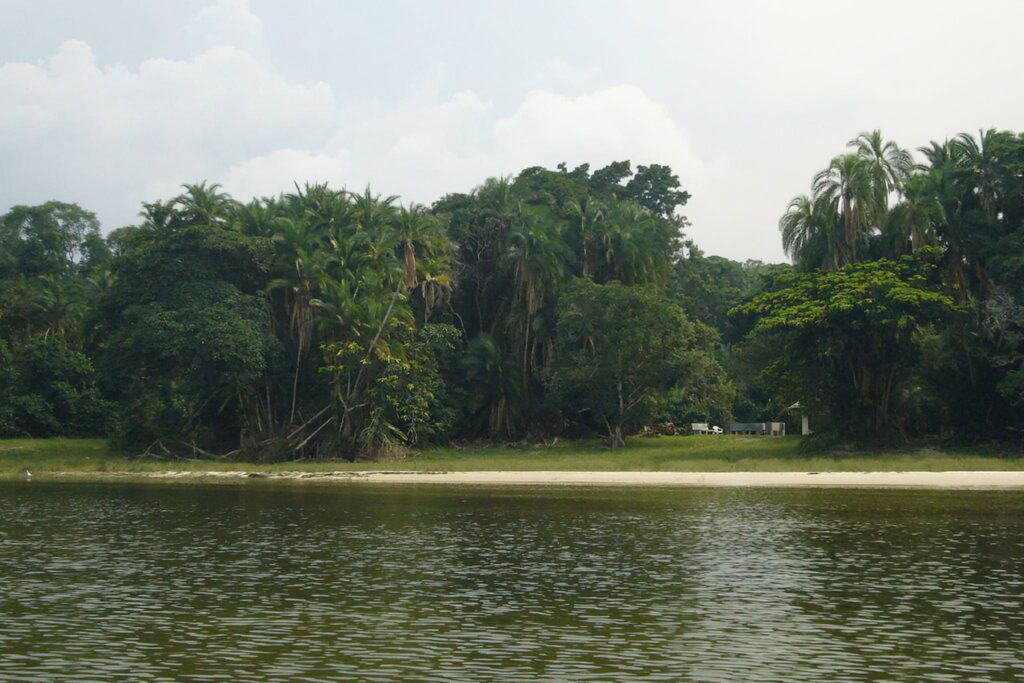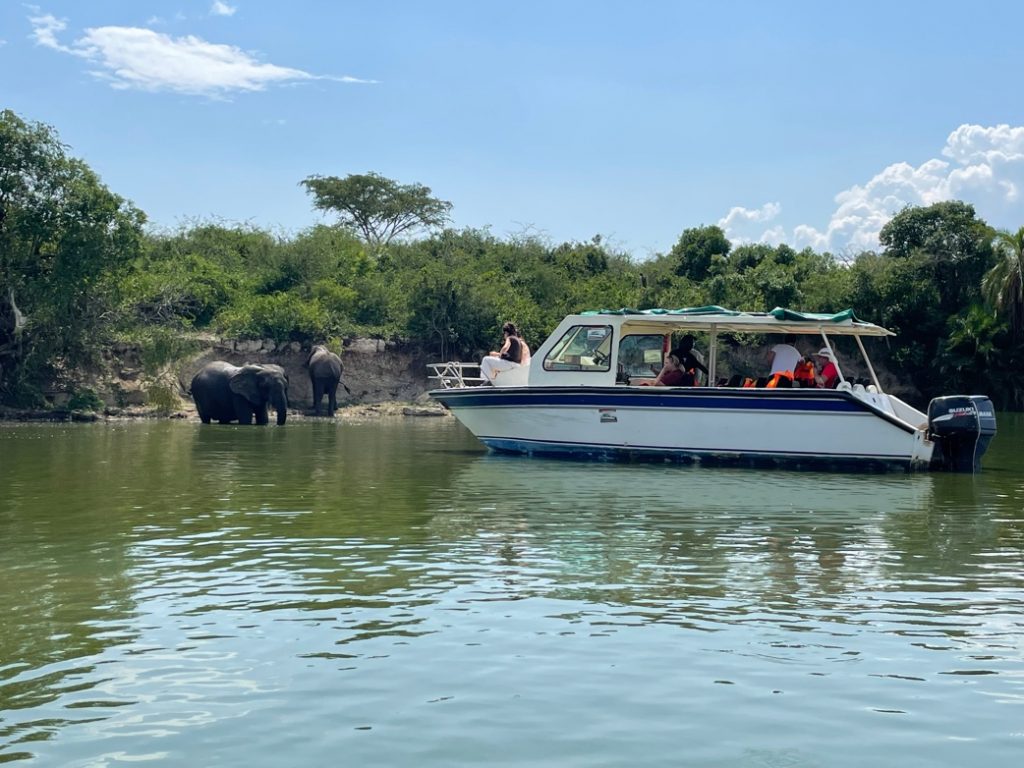Ruaha National Park
RUAHA NATIONAL PARK
The enormous park carries pride as the largest protected area in Tanzania and one of the largest national parks on the African continent. It is also the largest national park in the East African region. Ruaha National Park covers about 20,226 square kilometres of the total land area and derives its name “Ruaha” from the magnificent River Ruaha that passes through this same park hence harbouring several wildlife and bird species that have attracted a large number of tourists in that area.
Initially, Ruaha National Park used to be a game reserve before finally changing to a national park in 1964. The major aim of establishing the Great Park was to protect and ensure the safety of mammals, birds, rich ecosystems, butterflies and primate species. The vast park is dominated by woodland, bushland, swamps, acacia trees, savanna grassland and the Ruaha River as the key attraction feature.
WHAT TO SEE AT RUAHA
The vast park is endowed with several mammal species thus its size plays a big role in carter for several wildlife species including herds of elephants, giraffes, zebras, buffaloes, cheetahs, hyenas, hippopotamuses, lions, leopards, lesser, antelopes, kudu, wild dogs, wildebeests, bushbucks, to mention but a few. The enormous park also attracts a large number of different bird species and over 570 bird species are recorded in Ruaha National Park.
The park attracts both endemic and migratory bird species where they may including Bateleur, southern grand hornbill and more. River Ruaha dominates as the top attraction in the park while it traverses through Ruaha and provides water for drinking and feeding to the wildlife within the park. Visitors shall also learn how River Ruaha provides water for irrigation to the neighbouring community of the park and its role in the generation of hydroelectric for the country.
WHAT TO DO WHILE AT RUAHA NATIONAL PARK
 Game drives in Ruaha
Game drives in Ruaha
Game drives in this vast park are one of the best ways to explore Africa’s wildlife beauty as the park is rich in a variety of different mammal species and visitors shall be able to even encounter rare mammal species. River Ruaha also attracts several bird and animal species including wild dogs, leopards, and cheetahs that can be seen during the night and early morning game drives.
Other animal species that can be seen in the park may include antelopes, bushbucks, giraffes, zebras, hippos, lions, kudus, crocodiles, antelopes, and impalas, to mention a few. Game drives in Ruaha are organized in sessions and according to visitors’ preferences, one may choose to opt for either morning, afternoon or night game drives. Game drives along the Ruaha River shall enable visitors to sight aquatic mammals like crocodiles, hippos and more.
 Birding
Birding
The vast park shelters over 570 bird species and is one of the best hot spots for bird watching in Tanzania. Some of these bird species that can be seen within the park may include the Giant kingfisher, African fish eagle, long-crested eagle, Tanzanian red-billed hornbill, yellow-collared lovebird, black-bellied bustard, Goliath heron, crested barbet, to mention but a few. The best time for bird watching in Ruaha is the wet season of the year since it attracts migratory bird species.
BEST TIME TO VISIT
Ruaha National Park is an all-year tourism destination and receives visitors throughout the whole year. However, depending on the tourism activities that visitors would prefer to engage in, the dry season outweighs the wet season and thus the dry period of the year remains the best time to visit this great park.
It is during the dry season of December to February and July to October that visitors shall be able to witness the true wildlife beauty of Ruaha National Park. Being the largest water source in the park, a wide number of mammal species including buffaloes, elephants, wildebeests, and zebras can be seen congregating on the River banks in dry season for food, drinking water and baths hence offering clear wildlife views to the visitors.
Game drives and hiking are also made easier and less challenging during the dry season of the year unlike during the wet season when the whole experience is stressful as a result of muddy and slippery trails. The lush vegetation of Ruaha also tends to dry up and get shorter during the dry season hence providing the most spectacular views of the abundant wildlife of this vast park.











